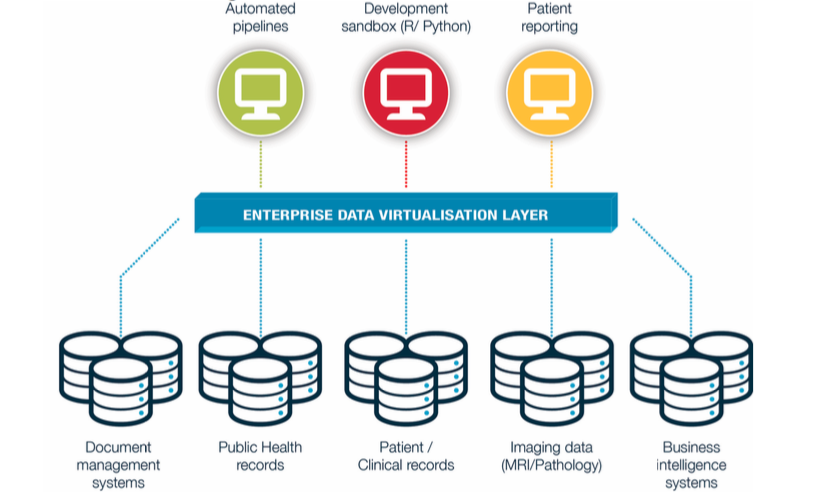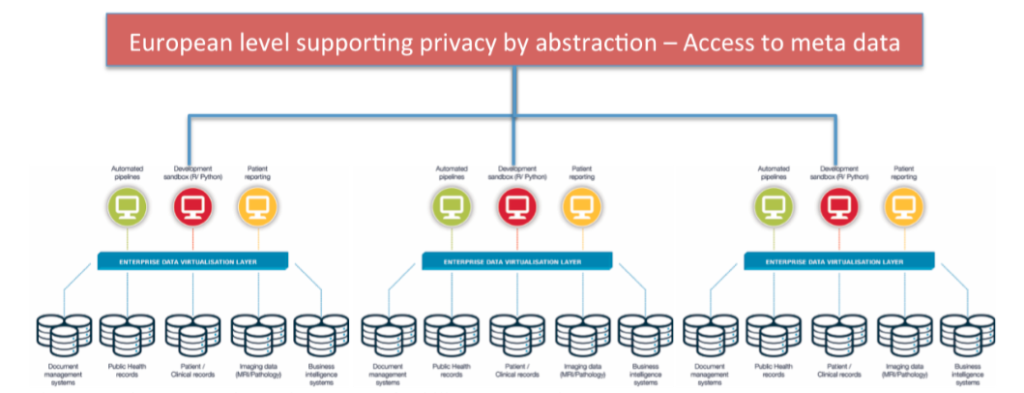The overall user-centred iterative approach employed in MIDAS will be combined with an agile software development methodology, governed by significant formal interaction and input from a board of policy makers drawn primarily from the consortium, and positioned within a technical platform architecture. The agile approach is well understood globally, and is familiar to all the technical teams involved in the project. Those outside the software development community increasingly understand the principles of agile as its fundamental basis is not technology-focused but rather focused on minimisation of project development risks by carefully controlled development phases or ‘sprints’.
In MIDAS, several of the sprints will take place as ‘hackathons’ where consortium technical staff work over 24 or 48 hours to develop a ‘minimum viable product’, in essence a basic version 1 of MIDAS platform or some component thereof. This ‘lean’ variant of agile has proven very productive in both the commercial world as well as research communities as it fosters meaning collaboration within technical teams, as well as between non-technical and technical groups. The agile method will bring together technical groups from the healthcare organisations in UK, Spain and Finland as well as the research and academic technical groups. This will ensure that the iterations and sprints will be focused on delivering solutions that are contextualised with regional stakeholders’ knowledge set out in earlier sections and do not just address one region’s issues.
A key component in informing and moderating the technical vision is the input and interaction envisaged from the MIDAS Policy Board. The MIDAS Policy Board is a key innovation in this proposal, whose membership is drawn from the stakeholders with the key policy and operational knowledge required to address real healthcare policy need across different regional and national policy agendas, such as health in all policies. The MIDAS Policy Board leads WP2 and includes individuals and organisations with key stakeholder knowledge, gatekeepers of the health data, members responsible for policy making across six (6) regions within the European Union and one (1) from the US.

Figure 1: MIDAS Virtualisation Layer
The methodology adopted in MIDAS is agile development but some larger questions around platform architecture cannot evolve in iterations of minimum viable product development. There much exist a larger framework set in place conceptually by the technical teams in MIDAS and validated by the MIDAS Policy Board. The figure below shows the proposed big data virtualisation layer for MIDAS, necessary to make abstract the relationships between heterogeneous data and MIDAS use cases such as access for digital analytics (Figure 1). This is also a flexible and cost effective approach to use existing health data already being stored by the big data gatekeepers and helps enable additional external data sources to be interconnected. Once the virtualisation layer has mapped and interconnected the data sources of multi-formats and types, MIDAS can offer an analytical and simulation layer allowing actionable information to be generated.

Figure 2: MIDAS Abstraction and Transferability Framework
This abstraction of a virtualisation layer puts in place the possibility in the MIDAS platform for a high level of abstraction across discrete big data installations at, for example, regional level across Europe (Figure 2). The further abstraction facilitates features including privacy by abstraction and provides a core capability to enable regional and national comparisons of big data, evidence- and data-based policies as well as aggregated meta-data
